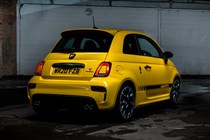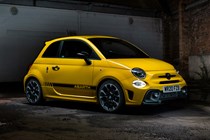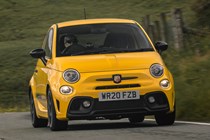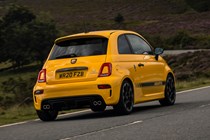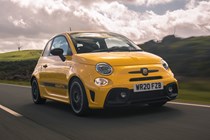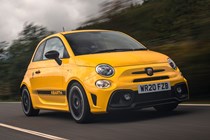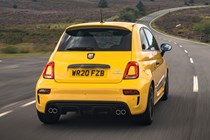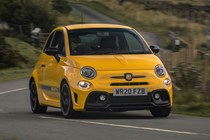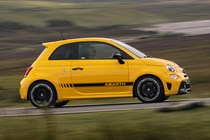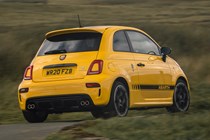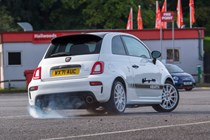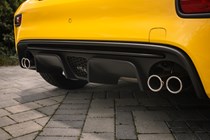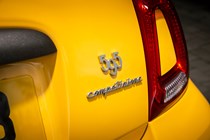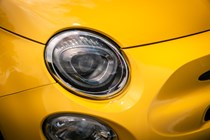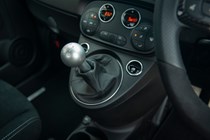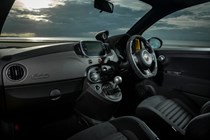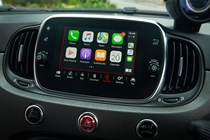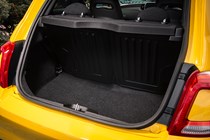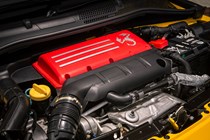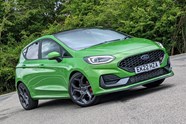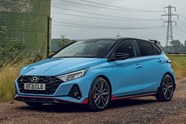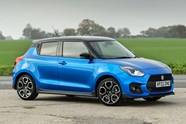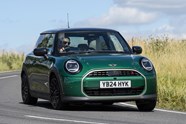
Abarth 595 Hatchback (2012-2024) review
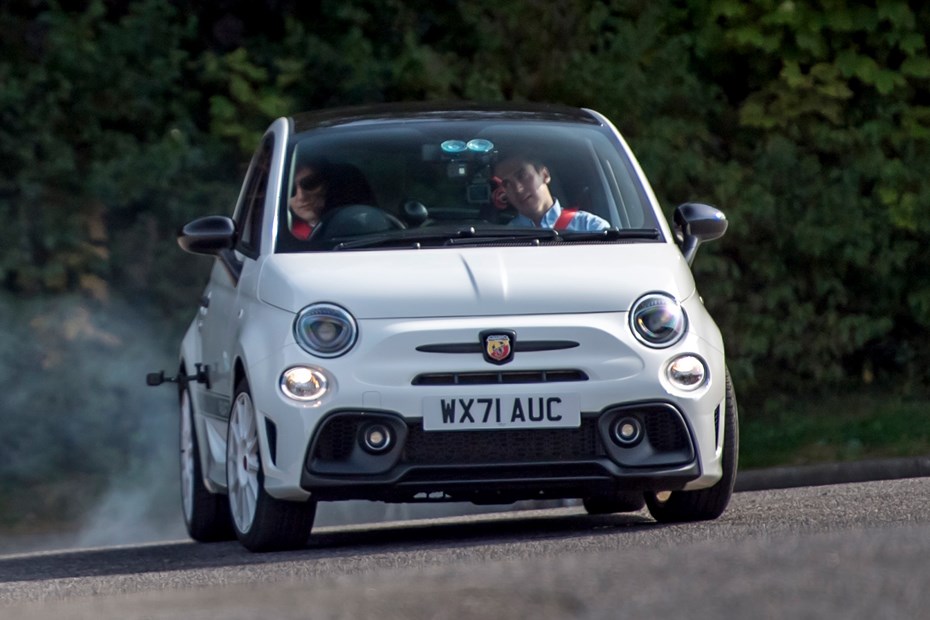
At a glance
| Price new | £14,480 - £29,675 |
|---|---|
| Used prices | £3,136 - £19,233 |
| Road tax cost | £195 - £265 |
| Insurance group | 25 - 35 |
Get an insurance quote with

|
|
| Fuel economy | 35.3 - 43.5 mpg |
| Range | 300 - 370 miles |
| Miles per pound | 5.2 - 6.4 |
| Number of doors | 3 |
| View full specs for a specific version | |
Available fuel types
Petrol
Pros & cons
- Hooligan-like handling
- Exciting top-spec model
- Cracking exhaust note
- Seriously compromised ergonomics
- Small boot and cramped rear seats
- Expensive flagship model
Abarth 595 Hatchback (12-24) rivals
Overview
The Abarth 595 is one of the few remaining small hot hatchbacks on the market. It’s also one of the oldest. It’s been around since 2008 and, over the past 16 years, Abarth has steadily refined the car’s formula with a series of incremental performance, handling and equipment upgrades to keep it competitive in its class.
Its class is constantly changing, though. The Ford Fiesta ST, Hyundai i20 N and Suzuki Swift Sport have all been pulled from the new car market, which means the 595’s closest competitors are now the MINI Cooper S and BMW 128ti – but both of these are far more expensive. Neither are available with a manual gearbox, either, which limits their appeal for driving enthusiasts.
The Abarth is starting to show its age, though. To put its years into perspective, Ford launched two generations of the Fiesta ST between 2008 and 2022, while Suzuki ploughed through three iterations of the Swift Sport during the same period. The 595’s a charming little thing, though – and we reckon it’s well worth sacrificing a bit of modern convenience for the pure joy of driving it.
In fact, if you’re a petrolhead looking for a more analogue experience, we think this is the best small hatch on sale for you. But you’d better move quickly if you want one because, in August 2024, Abarth announced it was pulling the 595 from its range to focus on its sporty version of the electric-only 500e. Abarth says current demand for the petrol hatch is satisfied from its stock levels.
You have a choice of two powertrains, both based on the same turbocharged 1.4-litre four-cylinder petrol engine. The more affordable Abarth 595 variants produce 165hp, while the range-topping 695 models develop 180hp. Both are mated to a five-speed manual gearbox as standard, although you can have an automated manual transmission at an extra cost. The auto is best avoided, though.
You can also choose between three trim levels. The most basic Abarth 595 comes as standard with 17-inch alloy wheels, manual climate control, rear parking sensors and an Alcantara sports steering wheel. The middling Turismo variants get some comfort-focused extras such as automatic climate control, leather seats and a six-speaker stereo system by Beats.
The fastest Abarth 695 Turismo and Competizione gain some performance tweaks to complement their added power. Upgrades include larger brakes, a mechanical limited-slip differential and, for the Competizione, a pair of carbon fibre-backed bucket seats. However, these upgrades are reflected in the price – the cheapest Abarth 695 starts from £26,745, while the entry-level 595 costs £23,260.
Over the next few pages, we’ll walk you through the best and worst aspects of the Abarth 595, taking into consideration its practicality, interior quality, efficiency, performance and driving experience before offering our final verdict on the car. Click through the following pages to find out if it’ll suit you – or whether you’d be better off opting for a used Fiesta ST. To learn more about how reached our judgement on the 595, check out our explainer page on how we test cars.



